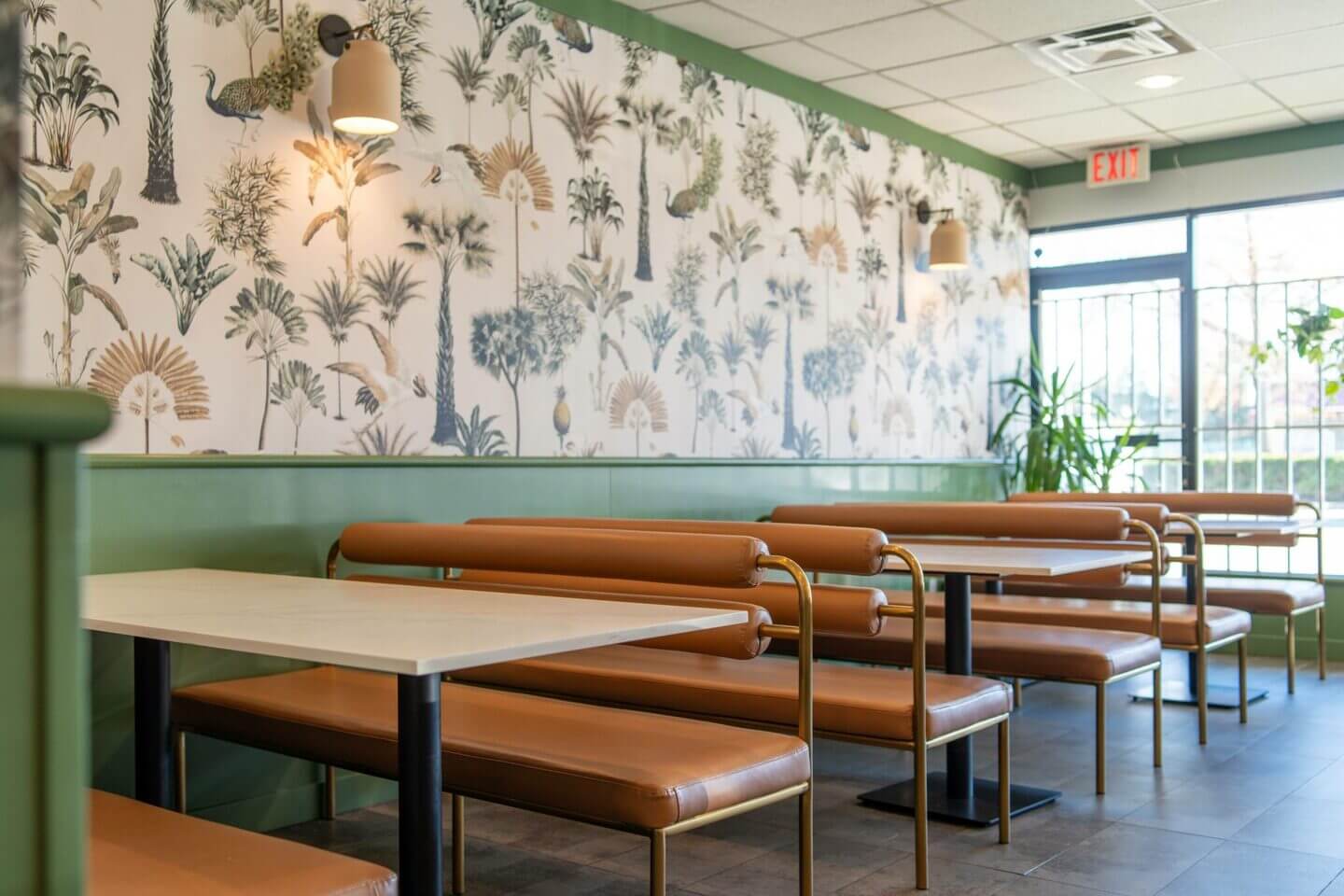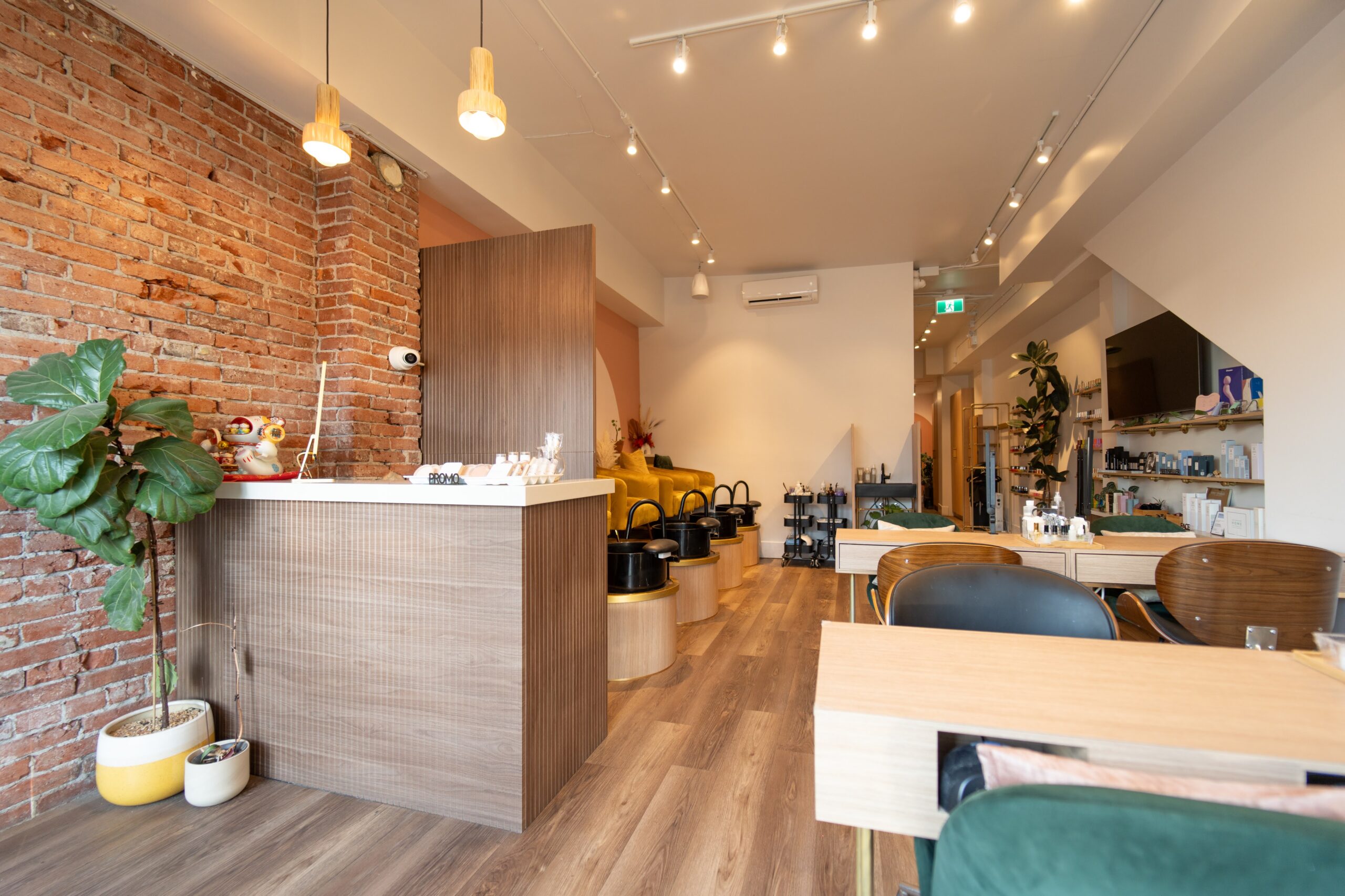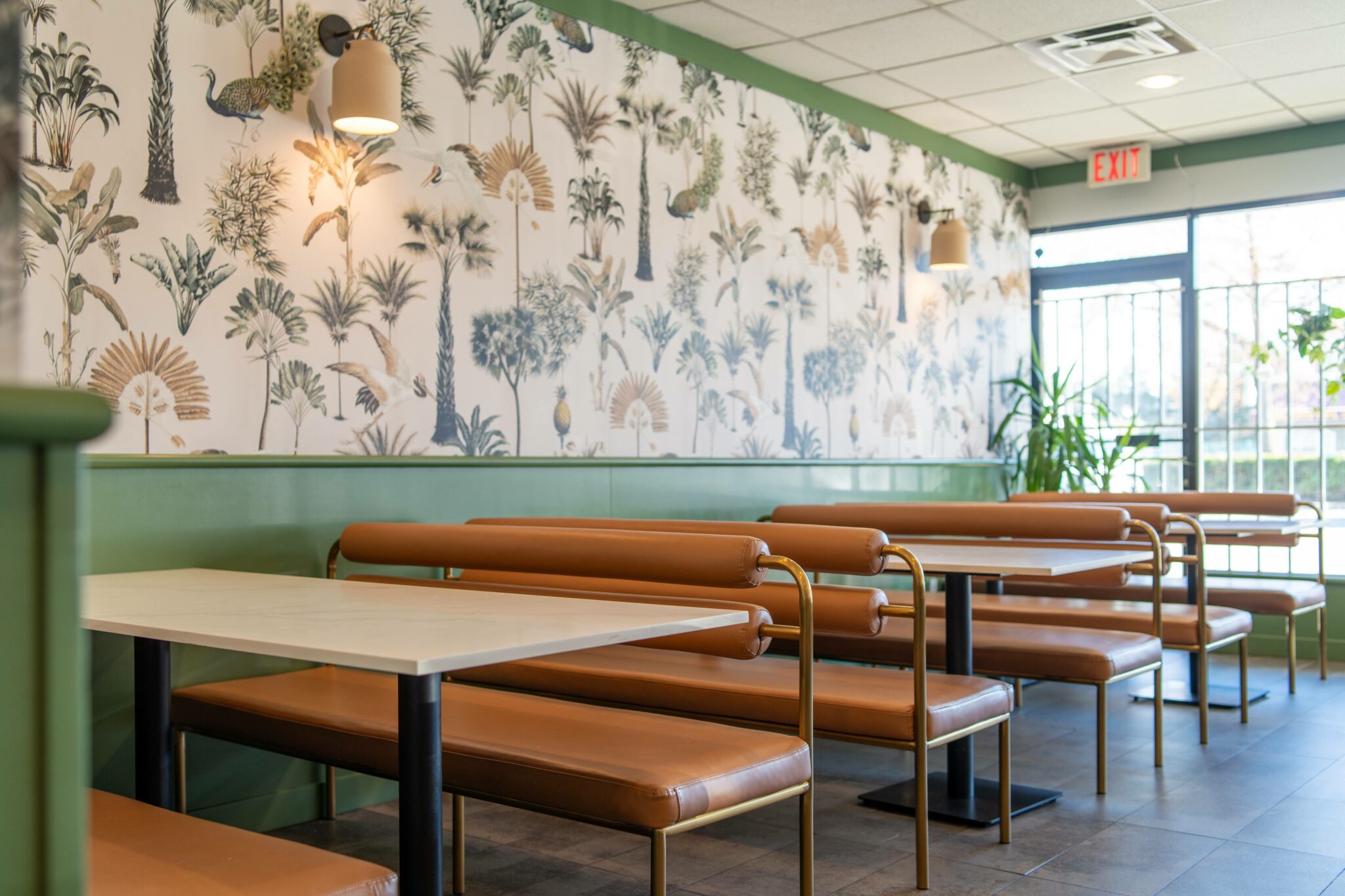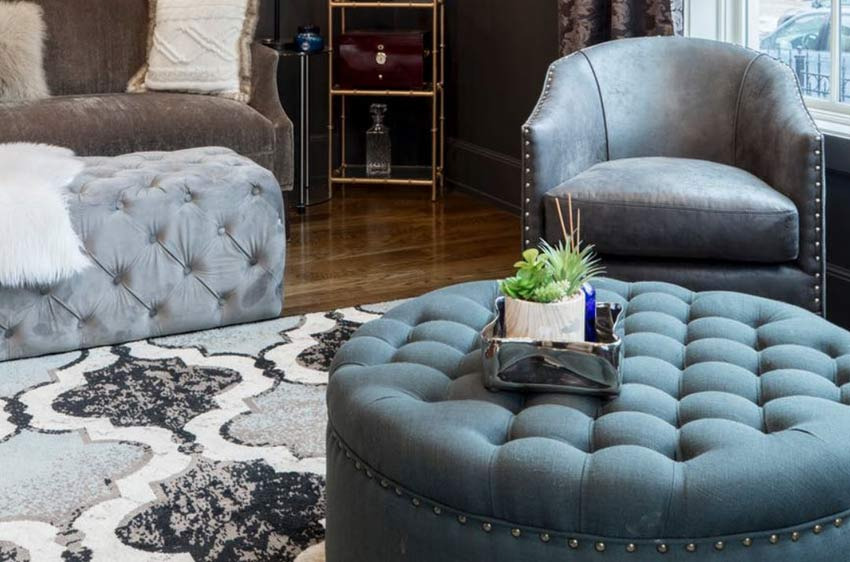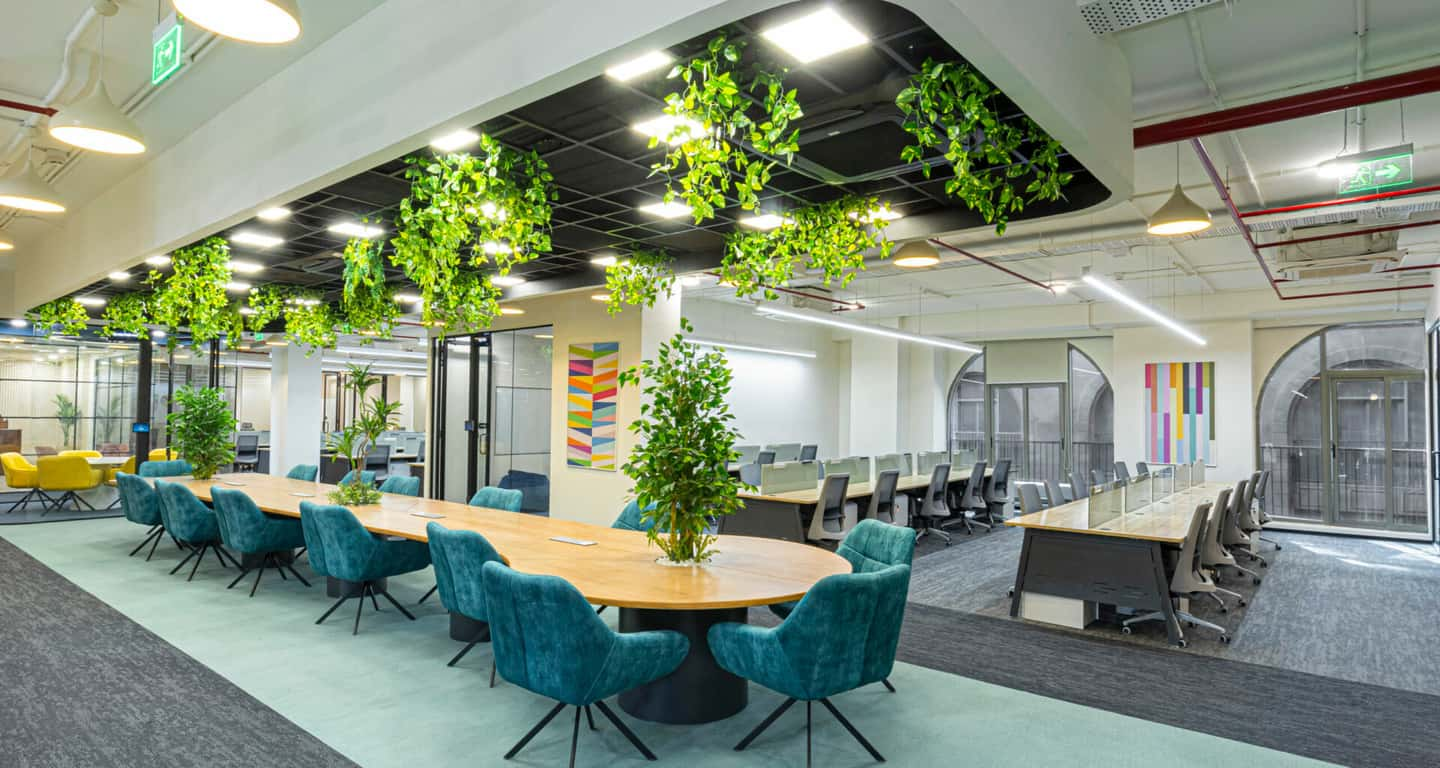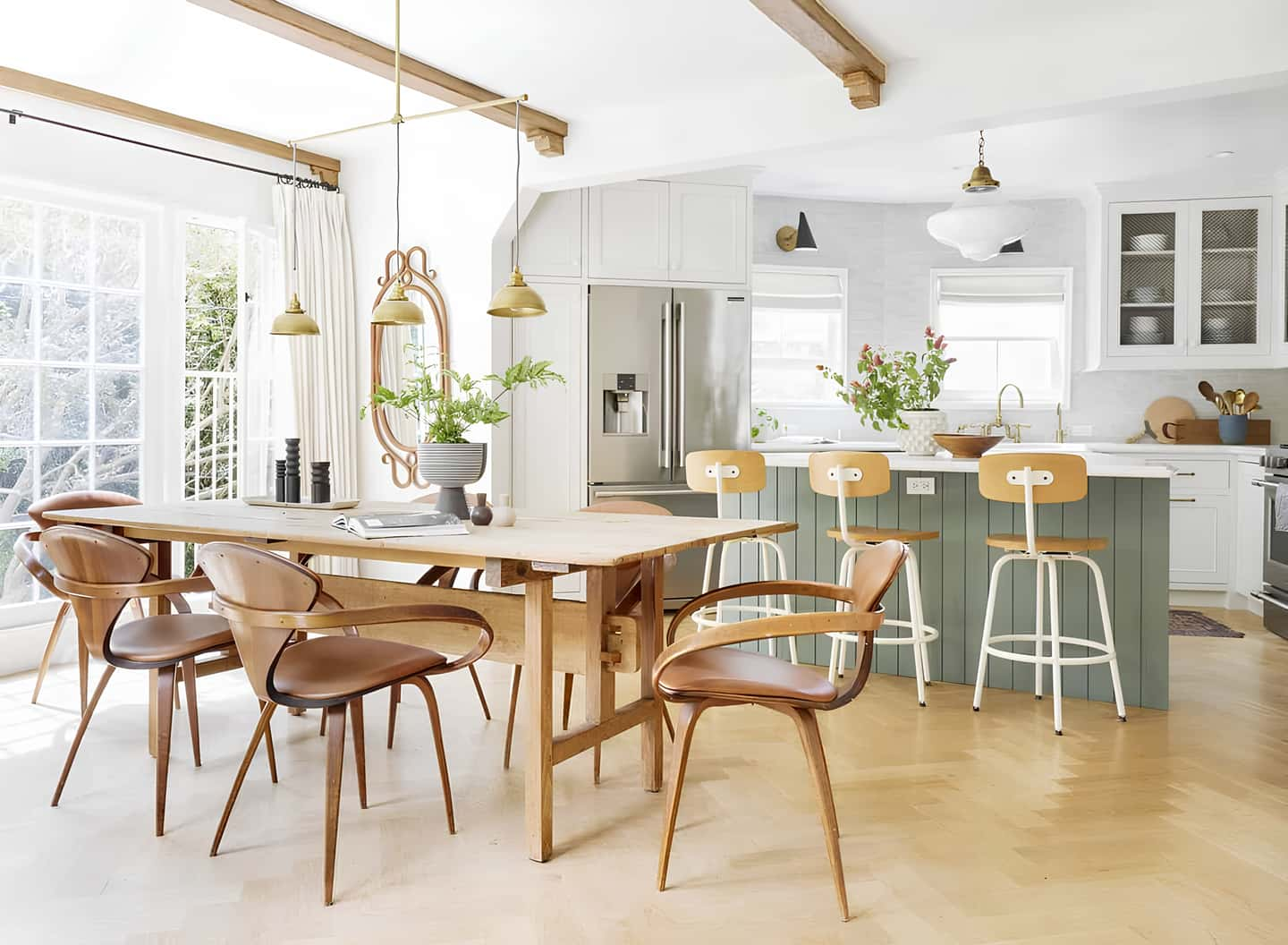As an interior designer, I think that interior design elements colour, furniture, lighting, flooring, window treatments, and wall decor are the most important parts of making a room look good and work well. Carefully thinking about all of these things and how they fit together will help you create a warm and welcoming space that fits your style and your needs.
Color Schemes and Palettes
One of the most important parts of home design is colour. It sets the tone, affects how we feel, and connects all the other parts of the design. Before choosing colours for a room, I like to think about what I want the place to be used for and how I want it to feel. Bedrooms and bathrooms should have soft, calming colours. Living rooms and home offices should have brighter, more energising colours.
I also choose colours that go well with things that are already there that can’t be changed quickly, like flooring or architectural details. Colour schemes can be great when they are based on things like nature, art, or even a favourite piece of clothing. Once I choose a few colours, I use the 60-30-10 rule to help me decide which ones to use. The rule says that 60% of the room should be the main colour, 30% should be a secondary colour, and 10% should be an accent colour.

Furniture Selection and Placement
Furniture is an important part of both how a place works and how it looks. When I choose pieces, I think about what the room is used for, how much space there is, and the style of the whole room. Comfort and longevity are also very important, especially for things like sofas and dining chairs that are used a lot.
Once I’ve chosen the key pieces, I put them together in a way that makes sense and works. First, I figure out what the room’s main feature is, like a fireplace or a beautiful view, and then I arrange the chairs around it. Important things to think about are making talking areas, making sure there’s enough space to move around easily, and letting people flow through the space without any problems.
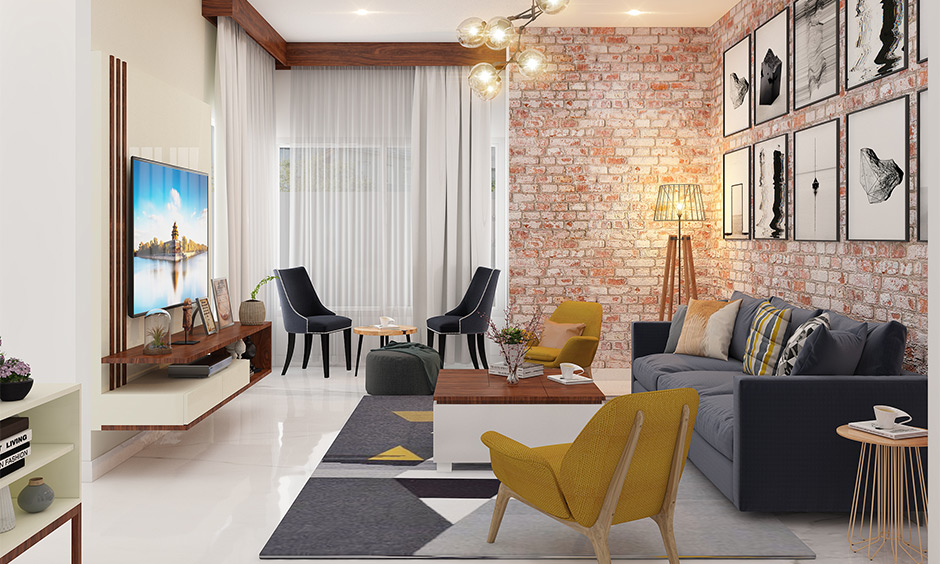
Lighting Design and Fixtures
Lighting is often overlooked, but it can make or break a room’s ambiance and functionality. A well-designed lighting plan incorporates a mix of ambient, task, and accent lighting to create a layered effect.
Ambient lighting, such as ceiling fixtures or recessed lights, provides overall illumination. Task lighting, like pendant lights over a kitchen island or a reading lamp by a chair, helps with specific activities. Accent lighting, such as wall sconces or picture lights, highlights artwork or architectural features.
When selecting light fixtures, I consider both their practical and decorative qualities. The style, finish, and scale should complement the room’s overall design.
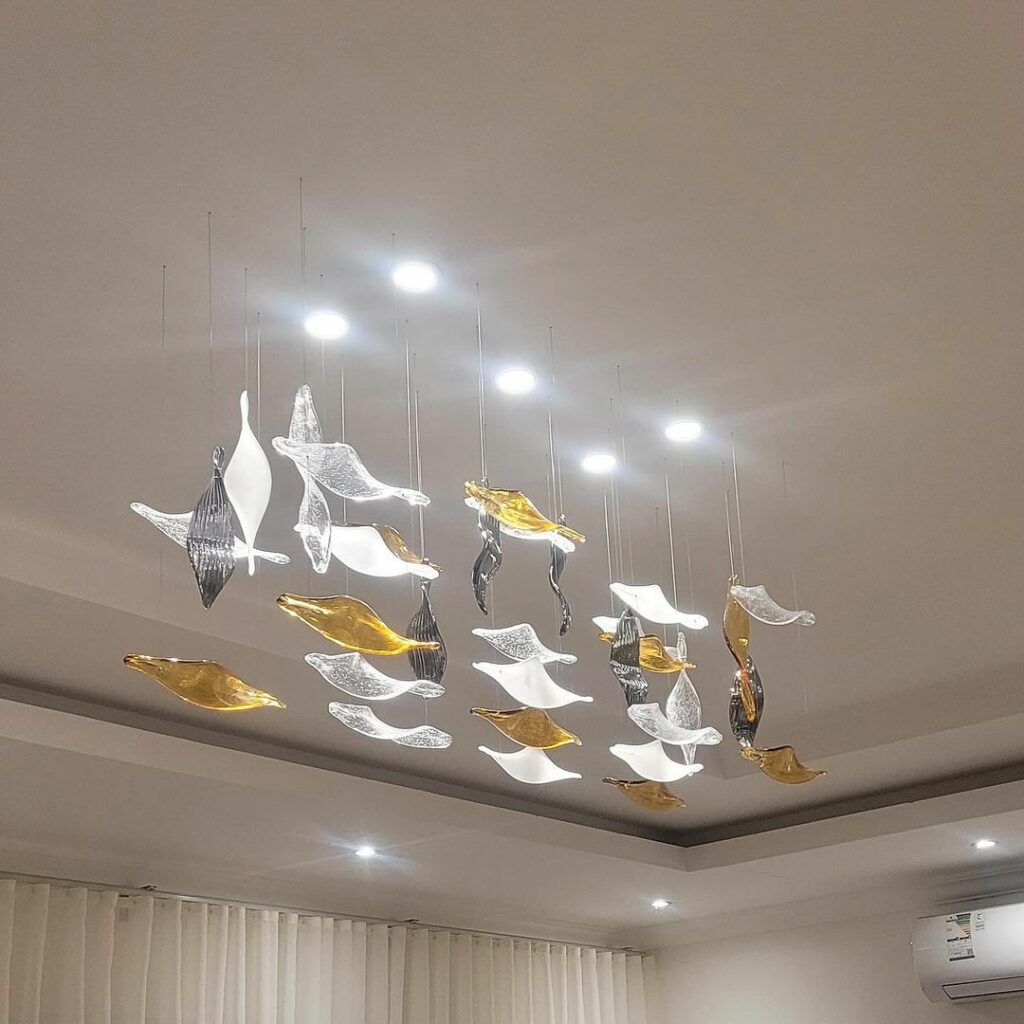
Flooring Options and Materials
A room’s look and feel are built on the flooring, which is a big investment. A lot of people choose hardwood, engineered wood, laminate, tile, and carpet. Each has its own pros and cons.
I help my customers choose flooring that fits their budget, style, and way of life. For instance, hardwood is classic and lasts a long time, but it needs more upkeep than vinyl or laminate. Waterproof tile is great for bathrooms and kitchens, while warm and soft carpet is great for beds and living rooms.
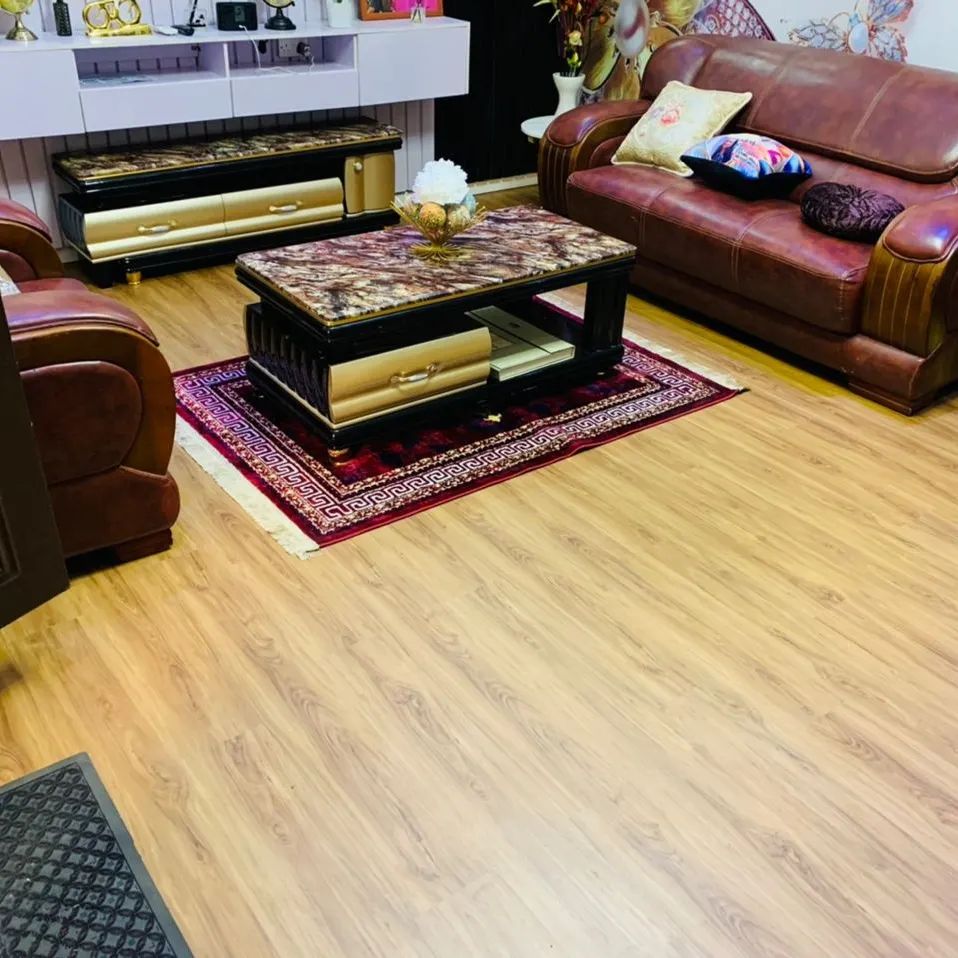
Window Treatments and Draperies
Window treatments serve both functional and decorative purposes. They provide privacy, control light, insulate against heat and cold, and add a finishing touch to a room’s decor.
I often use a layered approach, combining sheer curtains for light filtration with heavier drapes for insulation and light blocking. Roman shades, roller shades, and wood blinds are other stylish options that work well in various settings.
When selecting fabrics, I consider the room’s color scheme, the desired level of formality, and the amount of light control needed. Linen, cotton, and silk are classic choices, while polyester and acrylic are more budget-friendly and easy to maintain.
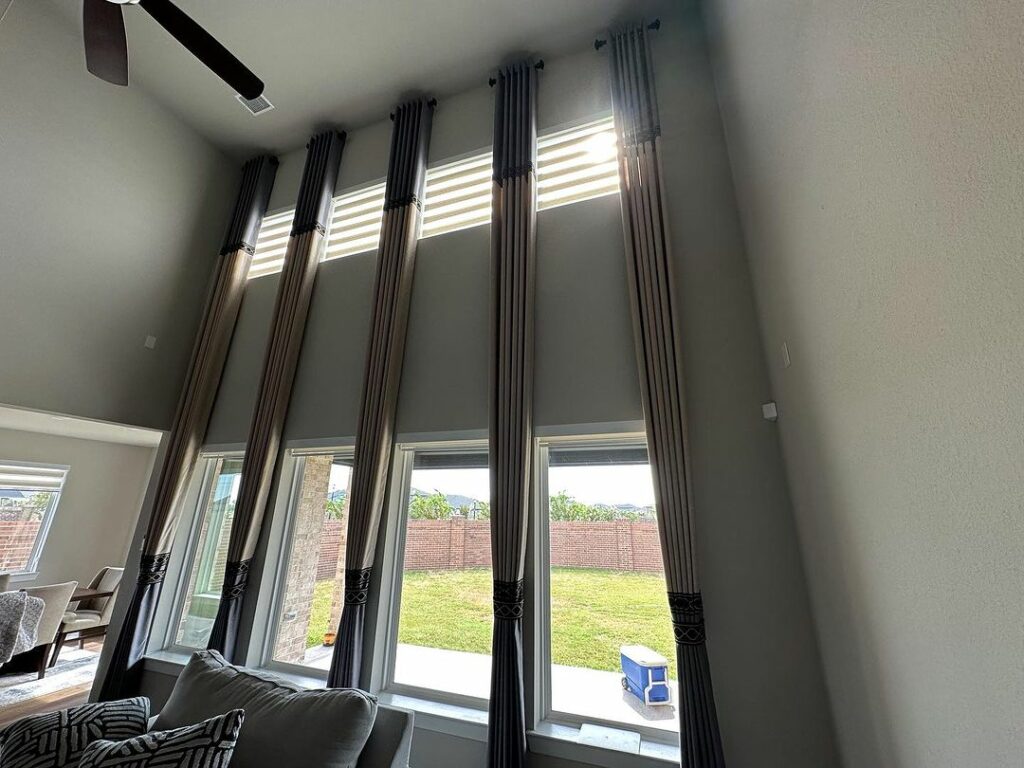
Wall Treatments and Decor
Walls are a great way to show off your personal style and tie a place together. Paint is the most popular way to decorate walls because it comes in so many colours and is pretty easy to use. Other ways to add depth and visual interest are with wallpaper, grasscloth, and rough finishes like venetian plaster.
Artwork, mirrors, and decorative objects are the finishing touches that make a space feel personalized and complete. I like to mix and match pieces from different eras and styles to create a collected, layered look. Grouping items in odd numbers, varying heights and textures, and using color to tie everything together are some of my favorite styling tips.
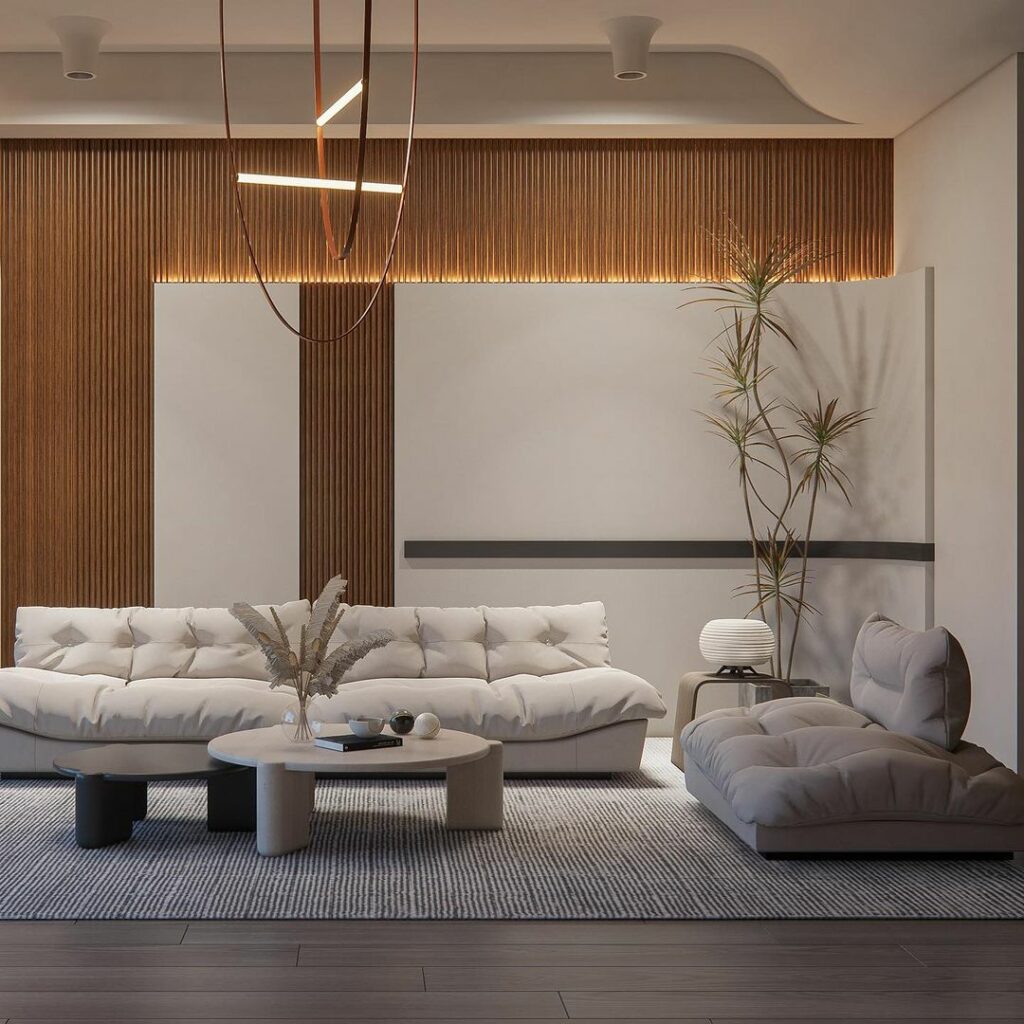
Conclusion
Creating a well-designed interior requires careful consideration of color, furniture, lighting, flooring, window treatments, and wall decor. By understanding how these elements work together and selecting pieces that reflect your personal style and meet your needs, you can create a beautiful, functional space that you’ll love for years to come.

I am a design enthusiast that loves writing about the latest trends and style when it comes to commercial and residential interior design. I also love architecture and buildings.

